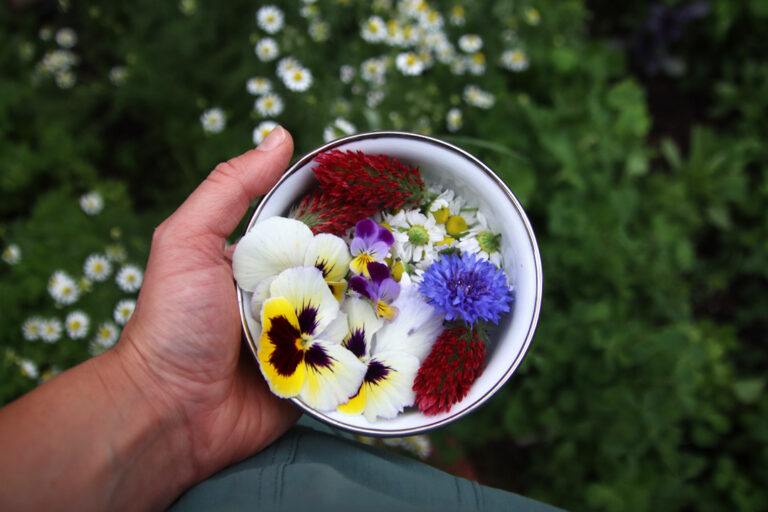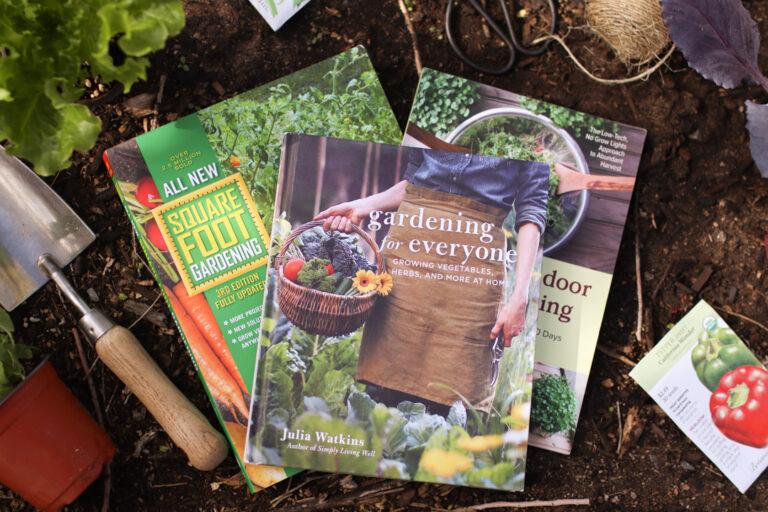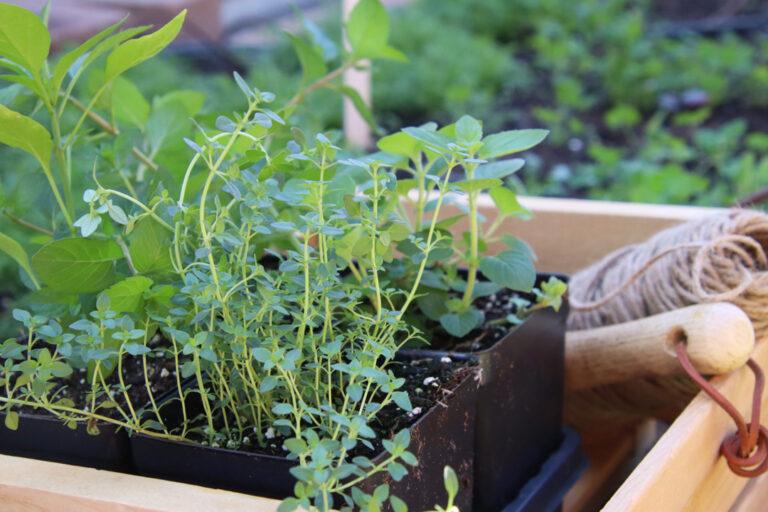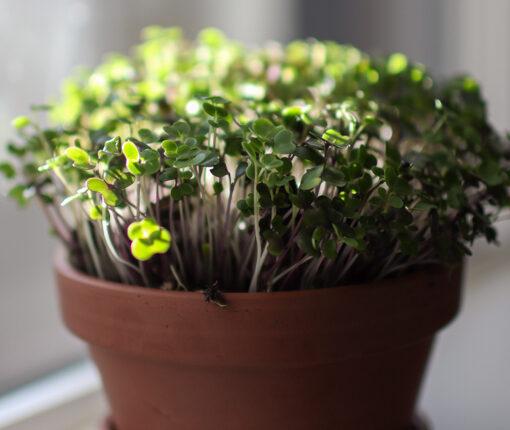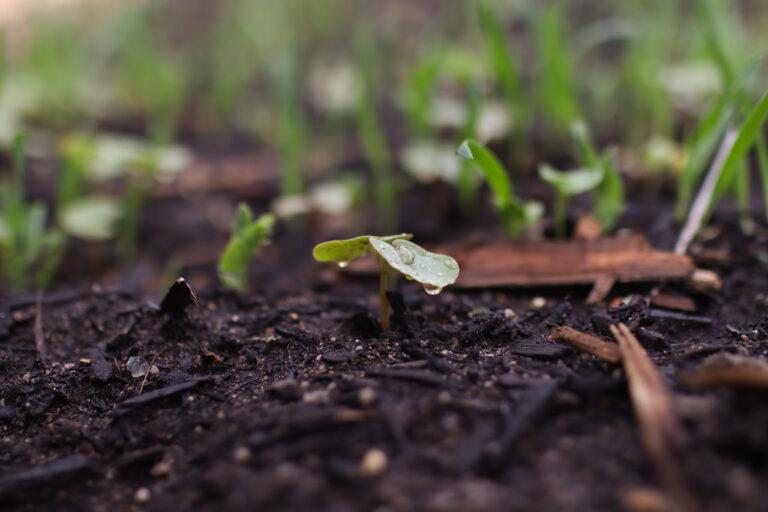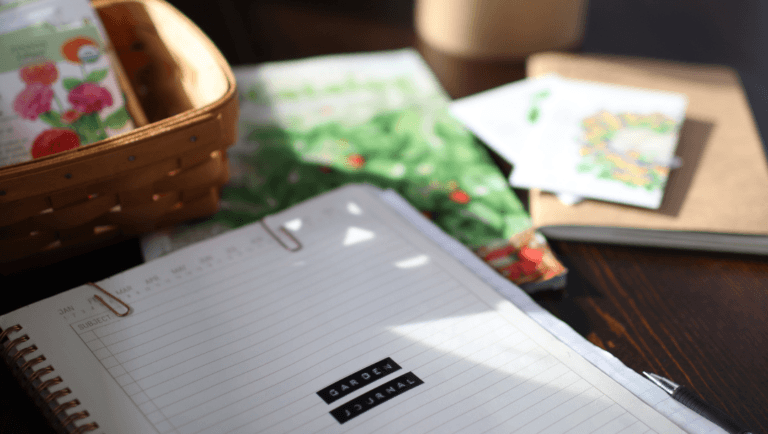When to Plant Spring Vegetables in Your Vegetable Garden
You don’t have to wait until summer to enjoy homegrown produce! Learn when to plant spring vegetables in your vegetable garden and enjoy delicious, early harvests. Here is everything you need to know to start a spring garden.

Spring planting is one of my favorite times in my home garden. I am anxious to get outside after a long winter and this time is full of excitement and anticipation! Plus, after months of eating preserved or store-bought vegetables, that first home-grown veggie is unlike anything else!
If this is your first time planting a spring garden, you may be confused about when exactly it should be planted. Unfortunately, the answer is: it depends. Don’t worry, though; I am going to help you figure out exactly when to plant your spring garden based on where you live! Keep reading for everything you need to know.
What to Plant in a Spring Vegetable Garden
There are many delicious spring vegetables that can be planted earlier than you might expect. These vegetables are considered “frost tolerant” or “frost hardy,” meaning they can survive cold temperatures below freezing and even an occasional snow. Cool season vegetables include:
- Roots such as radishes, turnips, carrots, and beets
- Snap peas, snow peas, and shelling peas
- Some herbs, such as parsley, cilantro, and chives
- Leafy greens such as spinach, lettuce, and swiss chard
For a full list of what you should grow in spring, check out this blog post! It has everything you need to know to plan what to grow. Keep reading to learn when you should plant your spring garden.
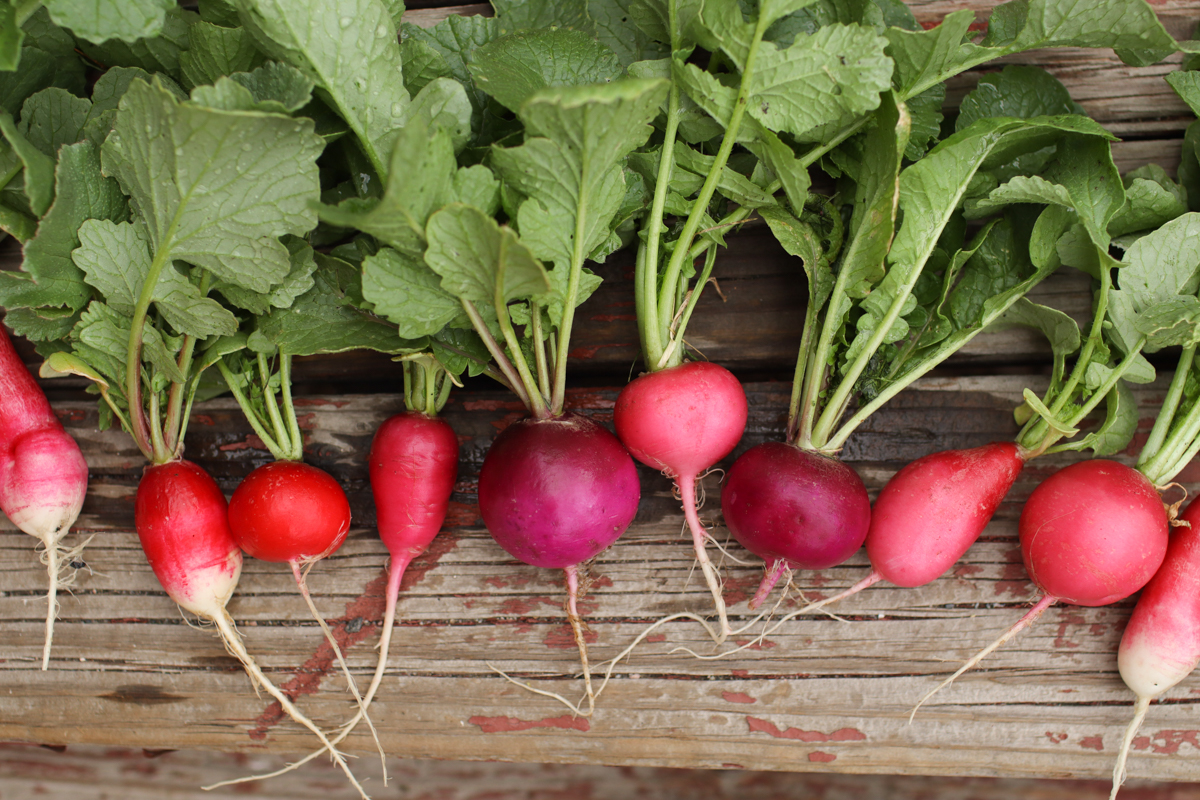
When to Plant Spring Vegetables
When you should plant a spring garden greatly depends on where you live. In very warm climates, the best time to start your spring vegetables may be January. In my area (zone 6), I start direct-sown seeds and transplants around late March or early April.
Keep reading to learn how to determine when you should plant in your area.
This post contains affiliate links. If you make a purchase through the links, I will earn a small commission at no cost to you. As an Amazon Associate, I earn from qualifying purchases. Read my full disclosure here.
Determining Hardiness Zone
The first step to knowing when you should plant your spring vegetables is determining which hardiness zone you are in. Your hardiness zone, or growing zone, is based on the average winter low temperatures for your zip code.
Knowing your growing zone allows you to determine your average last frost date, or the date after which you are unlikely to experience below-freezing temperatures. The dates you can plant various spring crops are usually a number of weeks before the average last frost. Summer crops are planted a week or two after that date.
To find your hardiness zone, simply input your zip code into the USDA Hardiness Zone Map. After that, you can input your zip code into this frost date calculator to determine your last frost date (and your first frost, which is helpful for fall gardening).

So When Should You Plant Spring Vegetables?
Frost-hardy spring vegetable plants can typically be transplanted about four weeks before your average last spring frost date. Be sure to harden them off before planting (read more about this in the following section).
For the plants that you will direct seed, the date ranges from six weeks before the last frost date to two weeks before the last frost date. I typically rely on the seed packet of each plant to determine when the seeds should be sown. My favorite seed company, Botanical Interests, has tons of helpful information on the back of their seed packages.
For a more scientific approach, you can utilize a soil thermometer. This tells you the temperature of the soil and allows for more accurate planting that is based on the weather this year rather than the average of all years. Many seed packets will provide both planting dates and an ideal soil temperature to determine when to plant.
When in doubt, I say plant your vegetable seeds early. At worst, you’ll lose some seeds. At best, you’ll get an earlier harvest!

Hardening Off Seedlings
Whether you grow your spring crops from seed or purchase seedlings at a nursery, it is critical to harden them off before planting outside.
Hardening off plants simply means to slowly acclimate them to the outside. It’s important to give them a gradual transition from the comfort of the indoors to the wind, sunlight, and varying temperatures of the outdoors.
To harden off your plants, begin by taking them outside for an afternoon when the temperatures are mild. Continue that for a day or two, then begin taking them out in the morning and leaving them outside for most of the day. Slowly increase the amount of time the plants spend outside until they are outside all day and night. Plan on this taking about five to seven days.
Once your plants are able to stay outside 24/7, you can plant them in your garden with confidence.
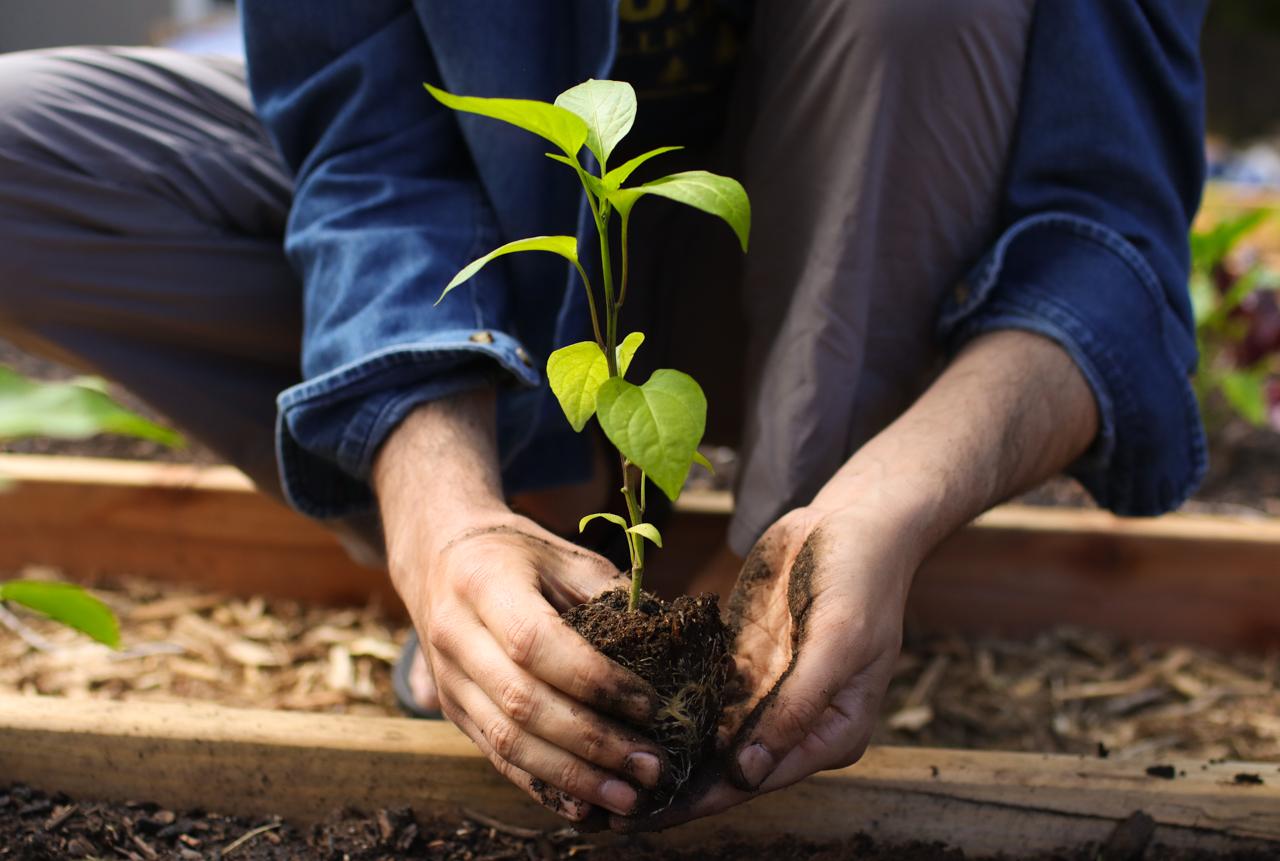
Frost Protection
If your area experiences sporadic temperature dips, you may want to consider frost protection, even for a spring garden. Having supplies on hand is also a good idea if you have unexpected late cold snaps and you’ve already planted your summer garden! There are a few different options for frost protection:
- Old sheets or blankets: for the most affordable option, you can simply use old sheets or blankets to cover your plants. This option is great for chilly nights, but it shouldn’t be left on the plants during the day for long. Sheets or blankets let in no light and little air, so the plants can’t survive under them for long.
- Buckets: Buckets are not very practical for densely planted small plants such as lettuce, carrots, or herbs. If you have spaced out plants such as tomatoes or cucumbers, a bucket over each plant helps a lot for a surprise frost.
- Frost cloth: Frost cloth is a great affordable option that also lets in light. I have found inexpensive frost cloth online that works great! You can place them over the plants or use hoops to hold the frost cloth up in row covers.
- Cold frame: A cold frame is a structure with a glass top that acts as a mini greenhouse. It allows you to start the garden earlier and leave it later in the fall by creating a warm microclimate for your plants. Cold frames can be DIY’ed or purchased and are a great investment if you want to extend your growing season earlier in the spring and into late fall or winter.

Tips for Growing a Spring Garden
- Harvest early and often. When early summer brings in the hot weather, many delicious spring vegetables “bolt” or go to seed, making them inedible. Don’t wait around for a big harvest with your spring veggies and herbs. Enjoy them as much as you can before summer hits!
- Utilize succession planting. Many spring crops are ready rather quickly and are one-time harvests (think radishes). To enjoy a continuous supply of spring vegetables, gardeners can succession plant, or plant a new batch every couple of weeks.
- Make sure you have a good growing space. If this is your first garden, be sure to have a garden bed with fertile soil and plenty of organic matter. Give it a dressing of fresh compost before you plant. For best results, choose a location that gets full sun (6+ hours a day).
- Plan ahead. If you want to start your own seeds indoors, be sure you give yourself plenty of time. For my zone 6 garden, I start indoor seeds in late February.
- Plant some perennials. If you have the space, I can’t recommend spring perennials enough. They require little to no work, come up sooner than annual crops, and are delicious! While perennial plants offer very little (if any) harvest in the first year, they are well worth the wait. You’ll be so glad you planted them the following year and for years to come. Perennial vegetables and herbs include chives, thyme, mint, artichokes, and asparagus.

Don’t Plant These Too Early!
If a plant is called “frost sensitive” or a “tender plant”, then it cannot typically survive a night in which the temperature drops below freezing. It is best to hold off on planting warm season vegetables until a couple of weeks after the average last frost date to avoid losing all of the plants to a late frost. These plants may also be stunted by cooler temperatures and thrive in the summer heat, so it’s best to be patient. These tender plants include:
- Nightshades such as tomatoes, peppers, and eggplant
- Squashes such as zucchini, pumpkin, butternut, or yellow squash
- Cucumbers
- Melons such as watermelon, cantaloupe, and honeydew.
I hope this post inspired and equipped you to start a spring garden! If you have any questions, don’t hesitate to reach out on Instagram. Happy gardening!


